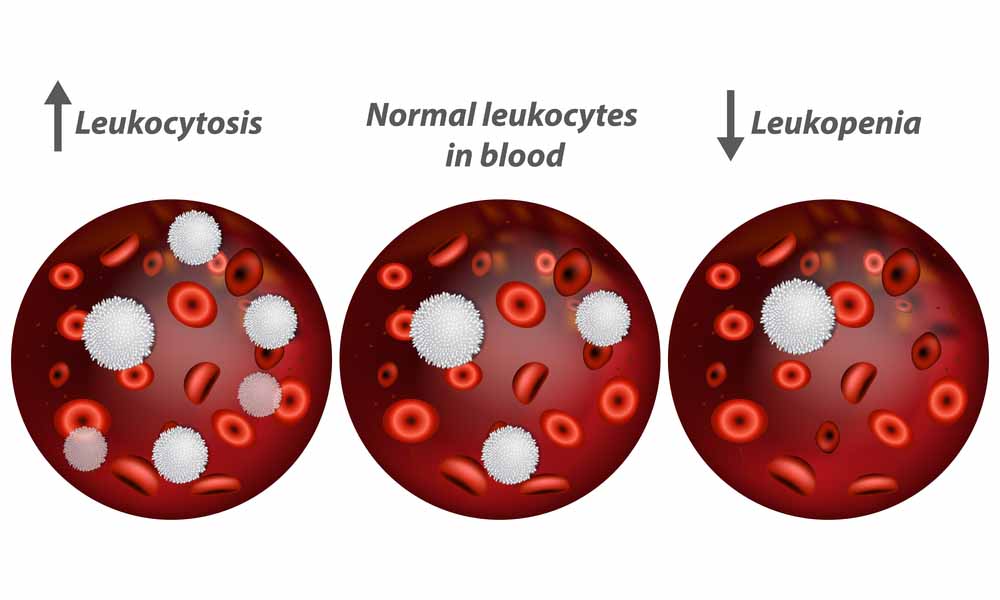Causes of chronic lymphocytic leukemia

This is caused by the change or mutation of the DNA in the blood cells that are known as leucocytes. As a result, the DNA cannot monitor the reproduction and growth of WBCs. These altered cells can leak out in the bloodstream, multiply in numbers, and grows abnormally.
There is no particular reason identified as a cause of this disease, whereas some risk factors are involved that can include contact with radiations, blood disorders, etc. The following are some common and well-studied risk factors of leukemia.
Genetic disorders
Certain genetic disorders and congenital syndromes may increase the risk of developing Chronic lymphocytic leukemia. These syndromes can include Blackfan-Diamond syndrome, Down syndrome, Ataxia-telangiectasia, Bloom Syndrome, and Fanconi Syndrome.
Blood Disorders
Blood disorders can also increase the likelihood of developing CLL. It can include disorders like essential thrombocytopenia, idiopathic myelofibrosis, and polycythemia.
Family history
In most of the cases, leukemia is not linked with family history. But the close relatives or twins of the patient having CLL can develop the disease.
Gender
Chronic lymphocytic leukemia mostly occurs in men than in women.
Age
As a person’s age increases, the risk of developing leukemia also increases. On average, the persons diagnosed with chronic myeloid leukemia (CML) and chronic lymphocytic leukemia (CLL) are 65 years or more than 65 years. Some types are developed under 20 years, like acute lymphocytic leukemia. Fifteen years is the average age of patients diagnosed with leukemia.
Radiation
Contact with radiations of high energy such as atomic bomb blasts and strong contact with low energy radiations such as power lines can increase the risk of developing the disease.
Chemicals
Chemicals such as benzene or long tern contact with industrial chemicals or pesticides may cause leukemia.
Smoking
The person who smokes can have an increased risk of developing CLL, although there is no direct relationship of smoking with the disease.
Electromagnetic fields
The persons who live near power lines or have long term exposure to electromagnetic fields have a higher risk of the disease.
Previous cancer therapy
Chemotherapy, such as used for treating certain cancers or radiation therapy, can increase the risk of developing leukemia.

